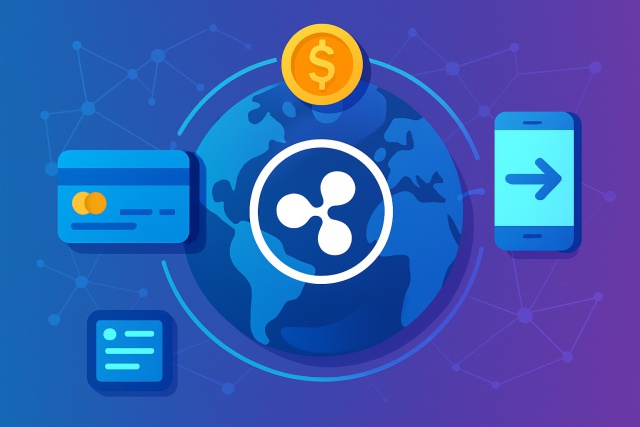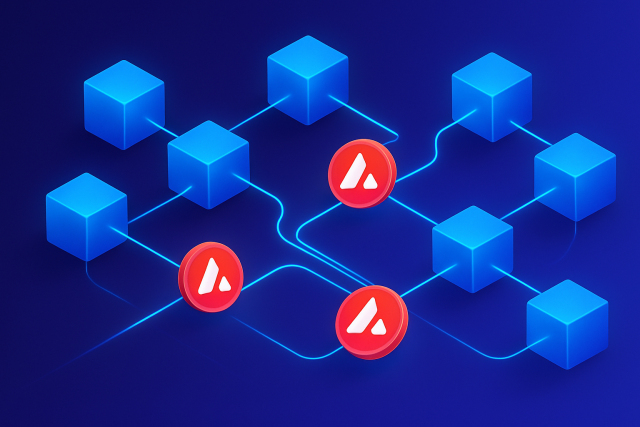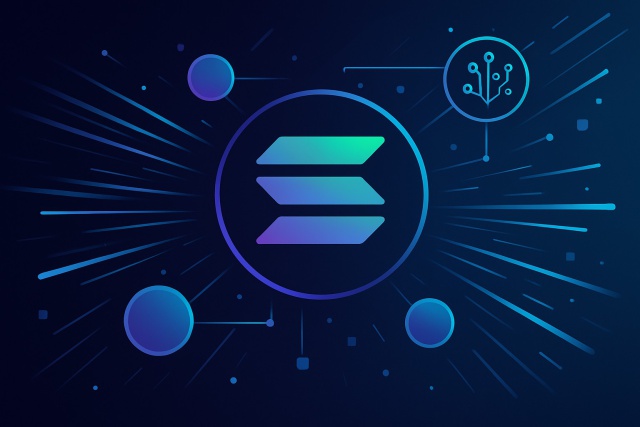What Polygon (MATIC) Offers for Ethereum Scaling?

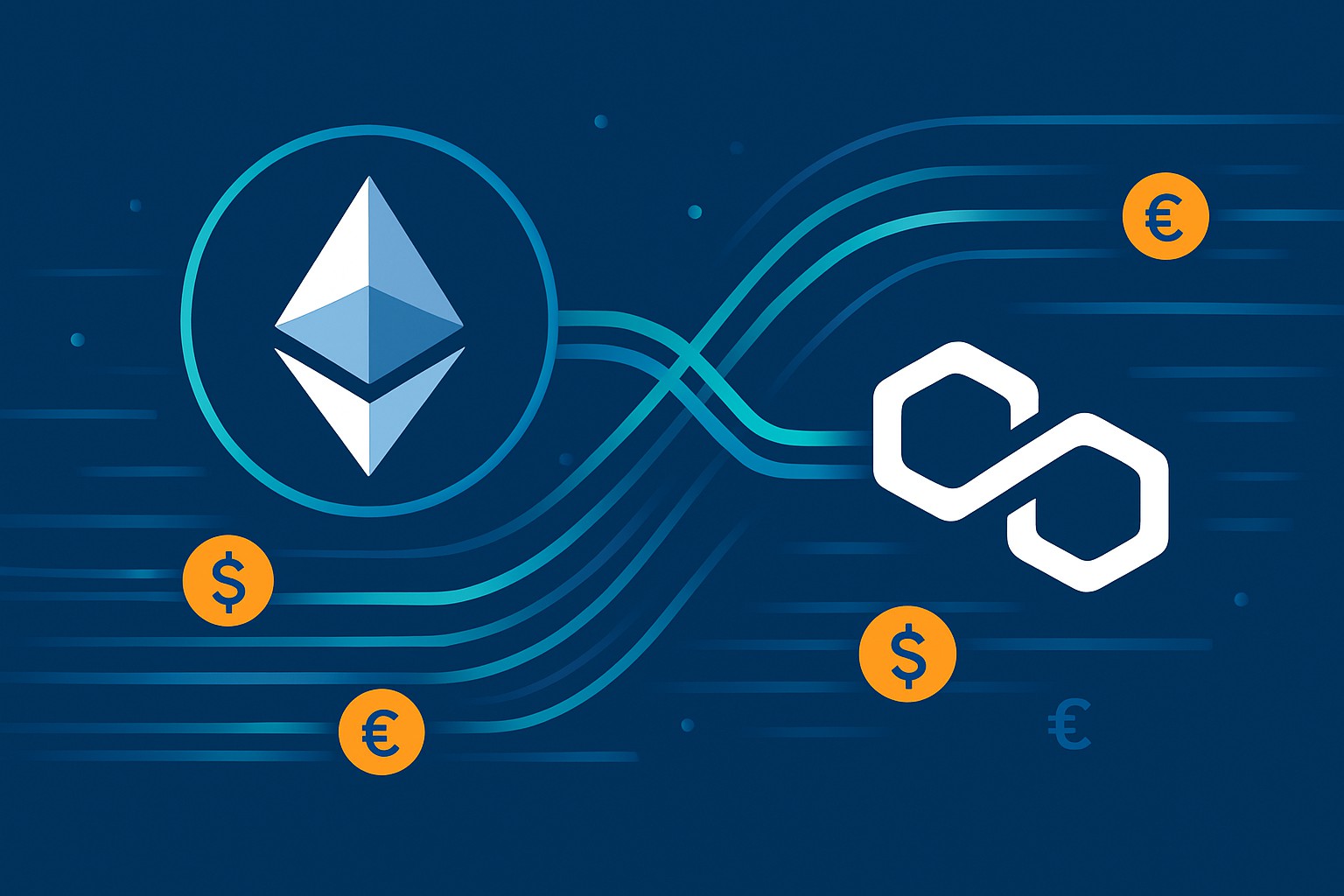
The cryptocurrency known as Polygon (MATIC) sets out to tackle some of the trickiest headaches Ethereum users often face. As Ethereum's popularity has skyrocketed, slow transaction speeds and network congestion have become common—especially for newcomers who might feel like they are hitting a brick wall. Polygon steps in as a Layer 2 scaling solution that works with Ethereum to speed things up, slash costs, and improve efficiency.
Wrangling the Challenges of Ethereum Scalability
Ethereum stands tall as one of the leading blockchain platforms worldwide, celebrated for its smart contracts and a thriving ecosystem of decentralized apps. With more and more users jumping on board, the network sometimes struggles to keep up with the growing hustle and bustle. When we talk about scalability, we are really looking at how well Ethereum can handle this rising activity without throwing a wrench in the works. Network congestion tends to cause frustrating delays and drive fees through the roof.
- Ethereum’s current Proof of Work consensus uses a lot of computational power and slows down transaction speeds.
- Gas fees, which are the costs to process your transactions, tend to spike when the network is packed, making it expensive.
- Ethereum manages around 15 transactions per second, which is very slow compared to traditional payment systems.
- As more people and decentralized apps join, demand often exceeds what Ethereum can handle, causing frustrating bottlenecks.
So, what exactly is Polygon Matic all about?
Polygon is a Layer 2 scaling framework and platform designed to supercharge Ethereum's performance. It runs its own blockchain network that’s tied to Ethereum, making transactions faster and cheaper without cutting any corners on security.
- Polygon acts as a multi-chain scaling platform that bridges Ethereum with other blockchains in a pretty smooth way.
- It plays nicely with Ethereum tools and smart contracts, making migration feel like a walk in the park.
- Transactions on Polygon typically come with much lower gas fees compared to the Ethereum mainnet, which is a nice relief for your wallet.
- Users often enjoy faster transaction confirmations, usually happening in the blink of an eye—a few seconds at most.
- The design of Polygon puts security front and center, relying on a decentralized Proof-of-Stake validator network to keep things trustworthy.
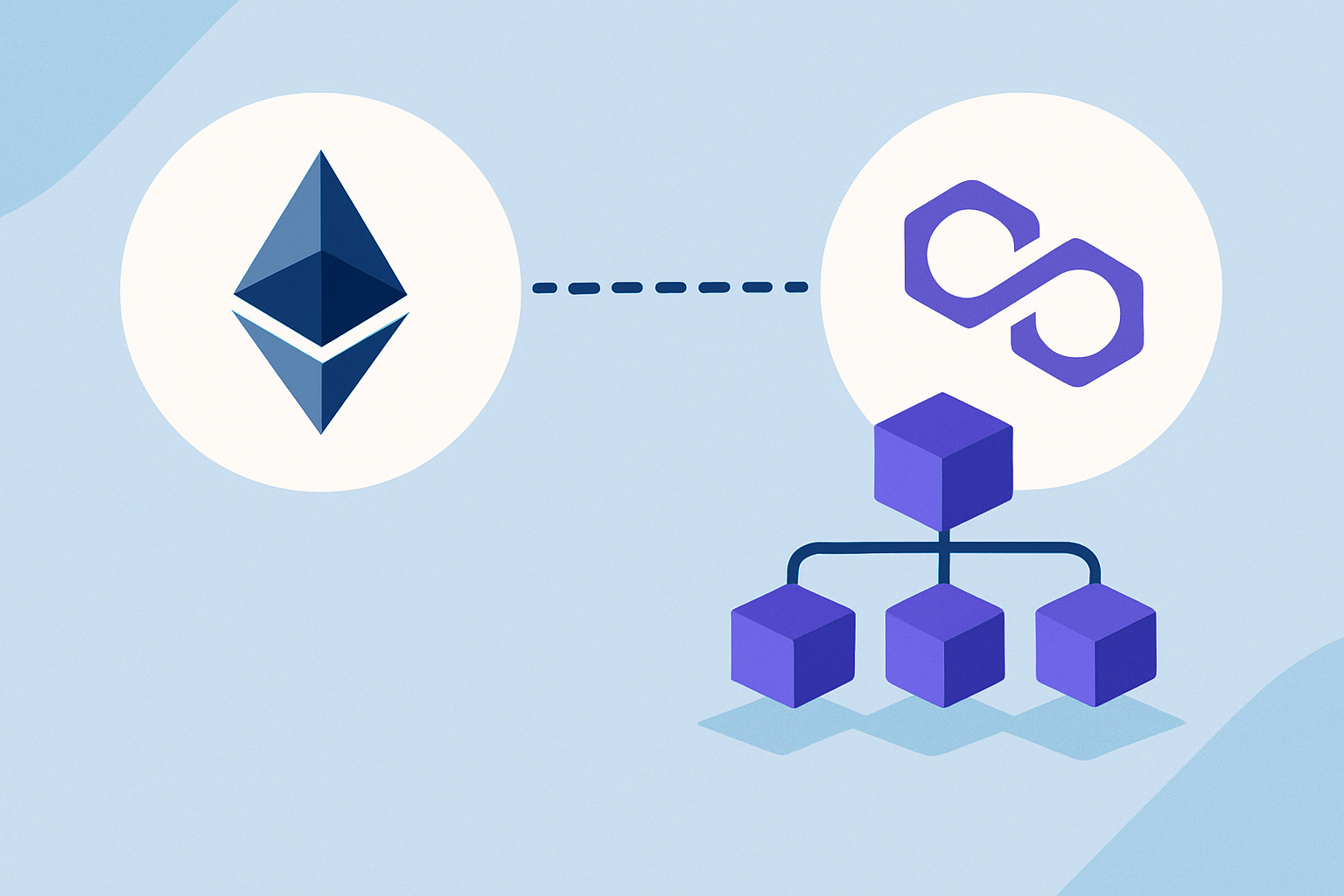
How Polygon (MATIC) Quietly Supercharges Ethereum’s Scalability
Polygon ramps up scalability by weaving together technologies that run side by side with Ethereum's mainnet. It leans on sidechains to handle transactions off the bustling Ethereum blockchain, giving congestion a much-needed break. The network trusts a Proof-of-Stake (PoS) consensus mechanism where validators step in to confirm transactions with impressive efficiency. Adding a cherry on top, Polygon employs Plasma chains to bundle multiple transactions and settle them securely on Ethereum.
- Polygon handles transactions off the Ethereum mainnet by using Layer 2 sidechains, which is kind of like taking the scenic route to avoid the traffic jam.
- Validators chip in through a secure Proof-of-Stake consensus, keeping the network surprisingly energy-efficient—no need to worry about sky-high power bills here.
- The Plasma framework bundles transactions together and sets up secure checkpoints on Ethereum, acting like a reliable safety net.
- Polygon boasts full interoperability with the Ethereum mainnet, making asset transfers feel as smooth as butter on warm toast.
- It supports Ethereum-compatible smart contracts, so existing dApps can scale up without breaking a sweat.
| Feature | Ethereum Mainnet | Polygon (MATIC) |
|---|---|---|
| Transaction Speed | Around 15 transactions per second — not blazing fast but steady | Up to 7,000 transactions per second — now that’s speed that can really turn heads |
| Average Gas Fee | Typically $10 to $50 or more per transaction* — wallet beware when traffic’s high | Usually less than $0.01 per transaction — a real bargain for everyday use |
| Consensus Mechanism | Currently Proof of Work, with a much-anticipated shift to Proof of Stake | Proof of Stake — efficient and energy-friendly |
| Transaction Finality | About 13 to 15 seconds — enough time for a quick coffee break | Between 1 and 2 seconds — blink and you’ll miss it |
| Compatibility | Supports native Ethereum smart contracts — the OG playground for devs | Supports Ethereum-compatible smart contracts — so familiar, it feels like home |
*Gas fees tend to fluctuate depending on network congestion, so keep an eye out if you want to save some pennies.
Why Beginners Often Find Themselves Choosing Polygon (MATIC)
Polygon offers a pretty neat way to jump into Ethereum's ecosystem without sweating over the usual headaches like sky-high fees and sluggish transaction speeds. Since it plays nicely with Ethereum, you won’t have to wrap your head around an entirely new platform. Thanks to its low costs and snappy transactions, beginners can ease into exploring decentralized apps and get their hands dirty with real-world experience.
- Polygon delivers near-instant transaction confirmations and cuts down the annoying wait times users often face.
- Gas fees are usually much lower here, making it easy to handle small or frequent transactions without feeling the pinch in your wallet.
- The developer community is growing rapidly so beginners can easily find a treasure trove of apps and tools to tinker with.
- There’s solid support for decentralized apps allowing users to jump right into gaming, finance and NFT platforms without breaking a sweat.
- The community is lively and welcoming and often ready to lend a hand or share tips for anyone starting out on their journey.
Your Quick Guide to the Layer 2 Marvel
Getting started with Polygon is surprisingly straightforward even if you’re a total newbie in the crypto world. All it takes is setting up a compatible crypto wallet and grabbing some MATIC tokens for the Polygon network. Then connect to dApps that play nicely with Polygon. Since it operates in an Ethereum-like environment beginners often find it less daunting to pick up while enjoying perks like lower fees and lightning-fast transactions.
Set up a cryptocurrency wallet like MetaMask or Trust Wallet—these trusty apps work with both Ethereum and Polygon networks.
Add the Polygon network to your wallet. You can do this by entering the official network settings or using the handy auto-configuration option to save time.
Use the official Polygon Bridge tools to transfer your Ethereum tokens (ETH or ERC-20) to the Polygon network. Think of it as a smooth shuttle for your assets.
Dive into the world of Polygon dApps. Whether decentralized finance platforms, NFT marketplaces, or games you’ll appreciate the low fees and speedy transactions that make the experience feel just right.
Useful Links
Start Your Crypto Journey with Coinbase Today
Ready to enter the cryptocurrency market but unsure where to begin? Coinbase makes buying, selling, and storing digital assets simple and secure for beginners and experts alike.




